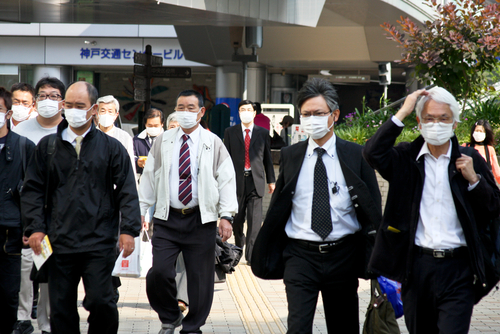
Researchers at the University of Southampton in England have identified areas in China and around the world that are considered high-risk from the spread of the coronavirus.
The university’s WorldPop research team found that Bangkok, Thailand, is most at risk from a global spread of the virus. This is based on the number of air travelers predicted to arrive there from the worst affected cities in mainland China. Hong Kong is the second on the at-risk list, followed by Taipei. Within China, Beijing, Guangzhou, Shanghai, and Chongqing are all identified as high-risk by the researchers, along with the Chinese provinces of Guangdong, Zhejiang, Sichuan, and Henan. Elsewhere around the world, Sydney ranked No. 12, while New York is No. 16, and London is ranked No. 19.
In terms of countries or regions, Thailand is the most at-risk, followed by Japan and Hong Kong. The United States placed 6th on the list, while Australia is 10th, and the United Kingdom is 17th.
“It’s vital that we understand patterns of population movement, both within China and globally, in order to assess how this new virus might spread – domestically and internationally. By mapping these trends and identifying high-risk areas, we can help inform public health interventions, such as screenings and healthcare preparedness,” Andrew Tatem, director of WorldPop and professor within Geography and Environmental Science at the University of Southampton, said.
The analysis is based on ‘non-outbreak’ travel patterns of people who traveled with symptoms at an early stage of the outbreak before restrictions were put in place. Travel cordons were likely put in place in the latter stages of peak population numbers leaving Wuhan. According to Wuhan authorities, more than 5 million people had already left the city.
“The spread of the new coronavirus is a fast-moving situation, and we are closely monitoring the epidemic in order to provide further up-to-date analysis on the likely spread, including the effectiveness of the transport lockdown in Chinese cities and transmission by people returning from the Lunar New Year holiday, which has been extended to 2 February,” lead report author Shengjie Lai of the University of Southampton said.
The University of Southampton conducted this research in collaboration with the University of Toronto, St Michael’s Hospital Toronto, disease surveillance organization Bluedot in Toronto, and the China Centre for Disease Control and Prevention.




